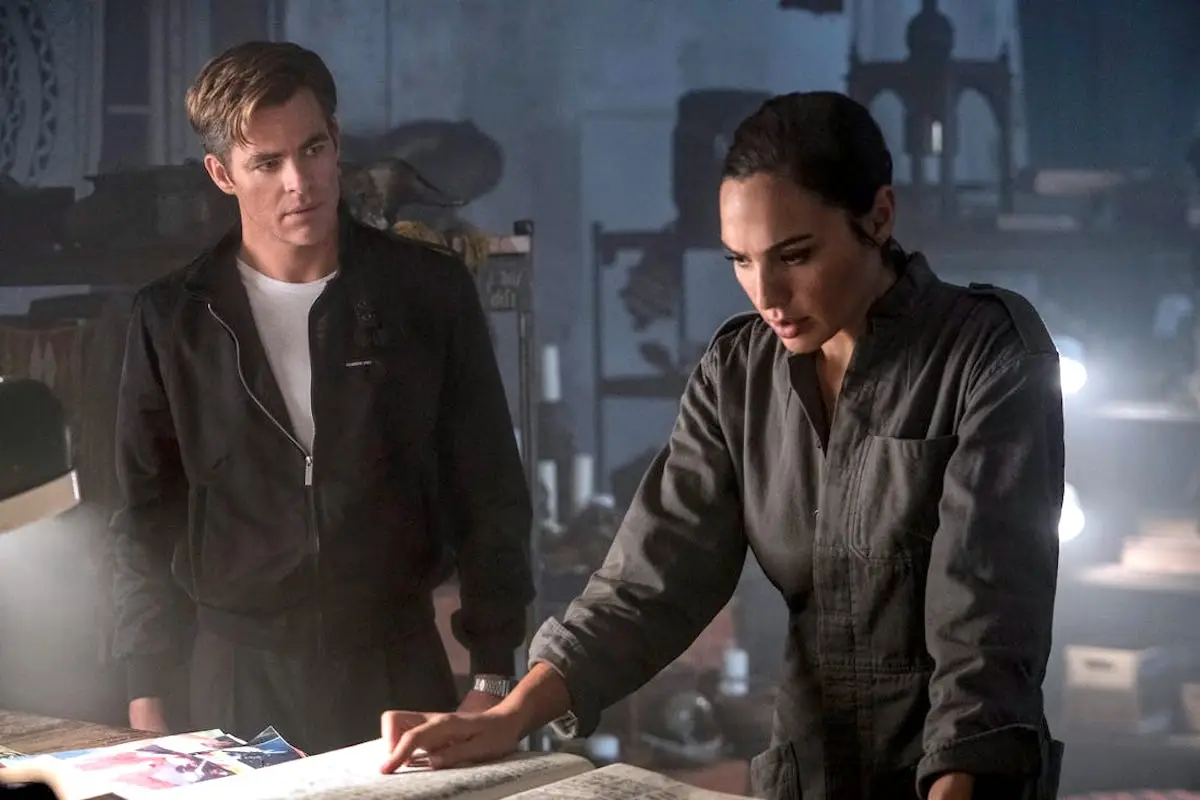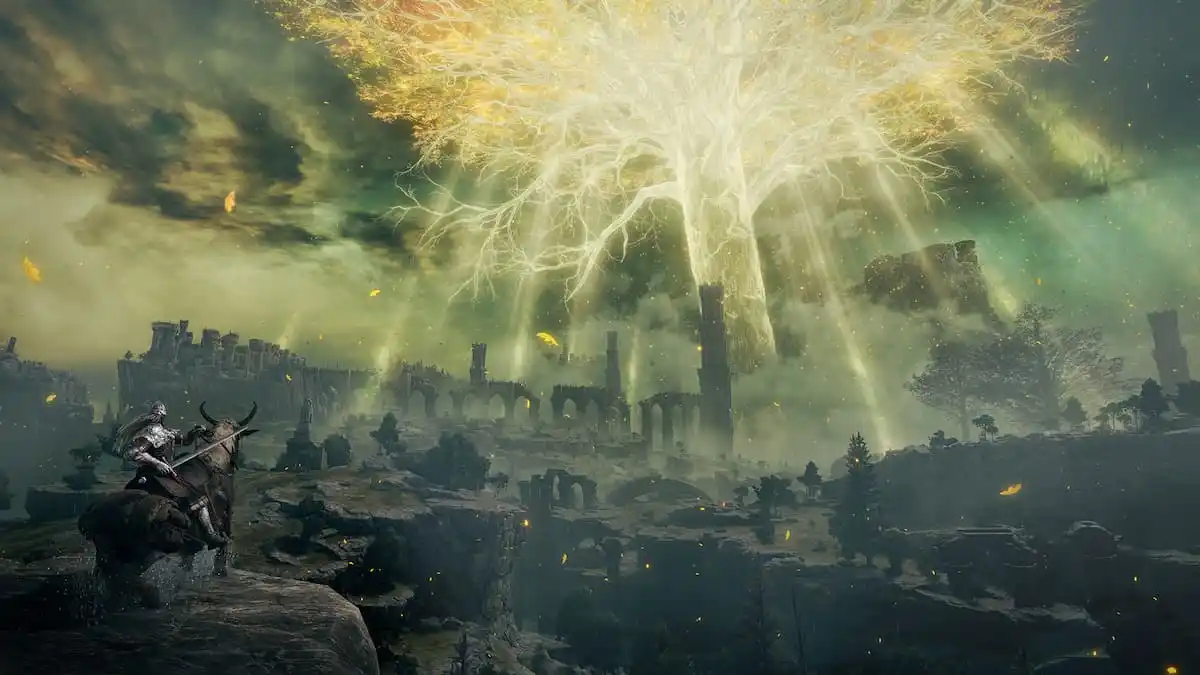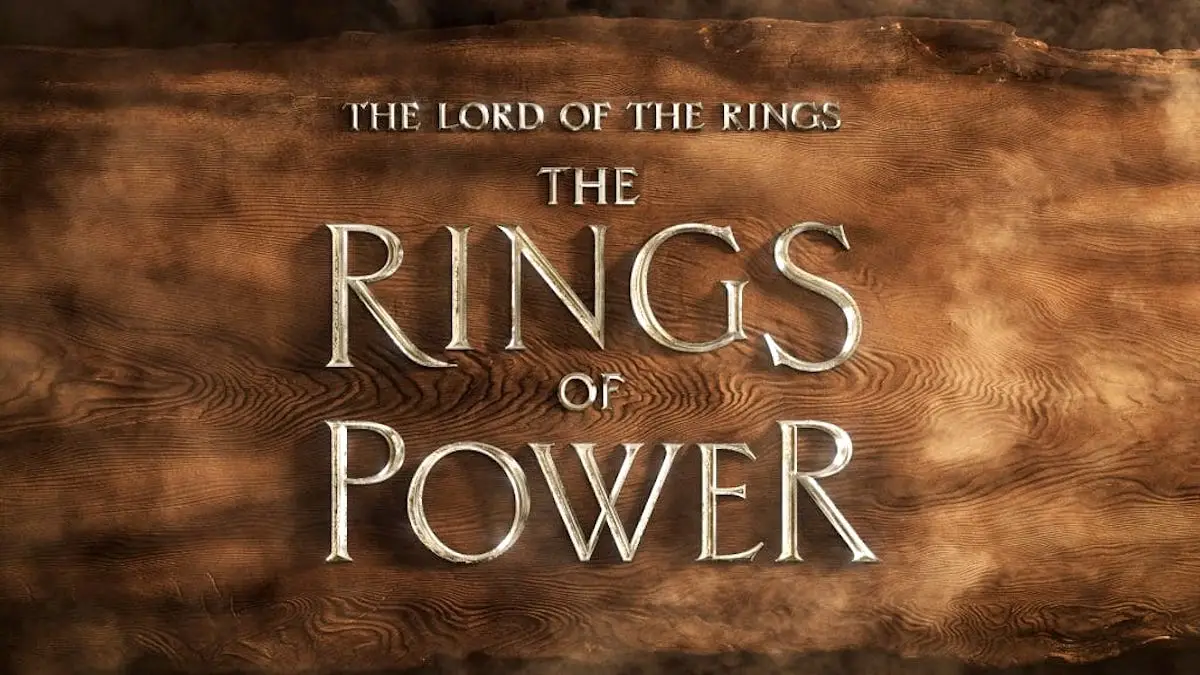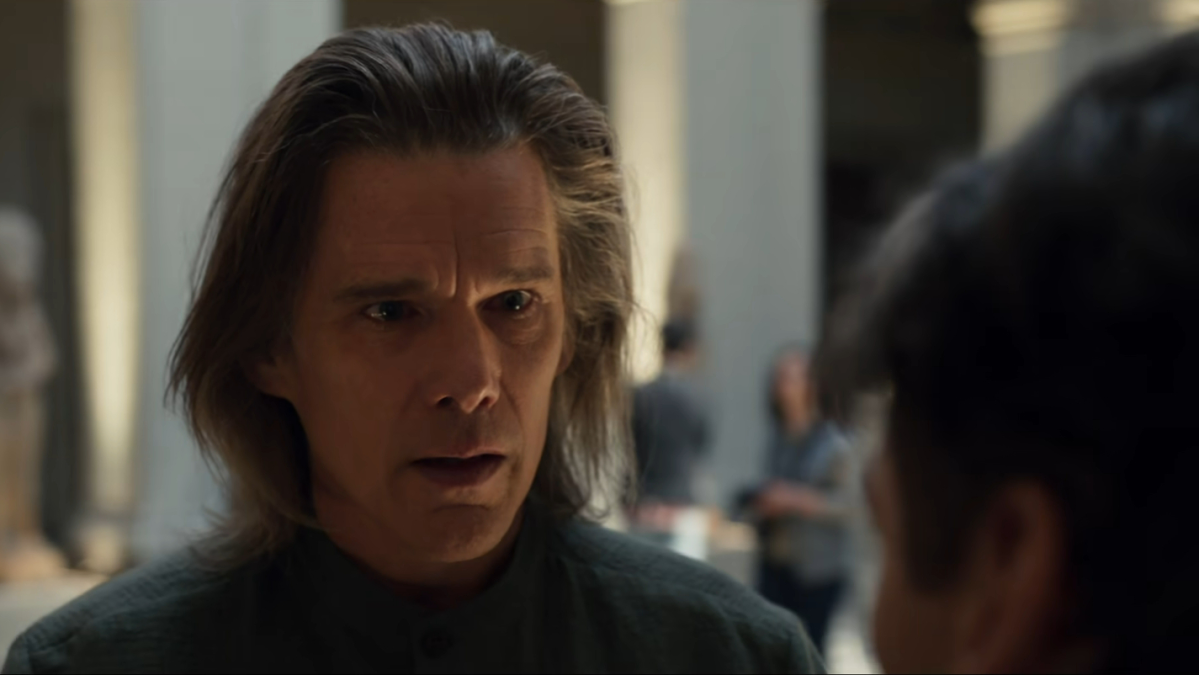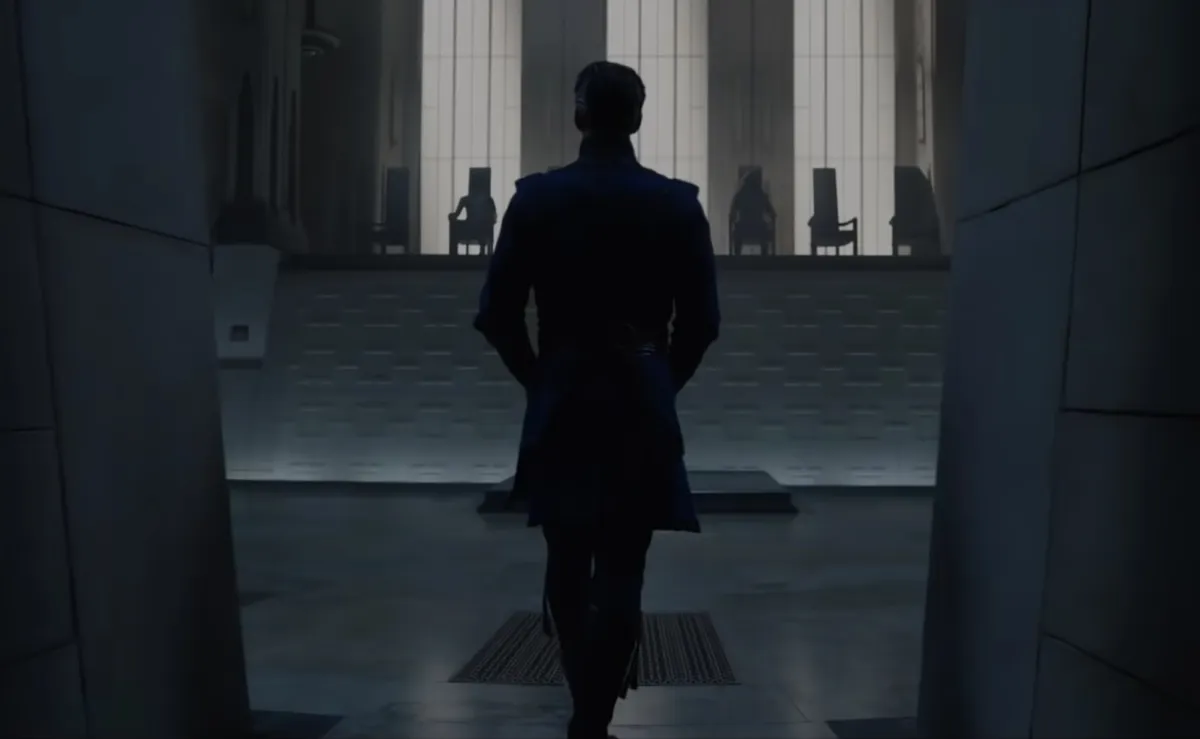**Wonder Woman 1984 spoilers abound.**
I am on the record as having many problems with WW84. The strangely callous and clunky film really could have used an army of historical consultants and sensitivity readers for its script, which might have helped solve some of the movie’s more glaring issues. But an element I did not get to touch upon much in my review was the method in which Chris Pine’s Steve Trevor is reintroduced into Diana’s world. It is, for lack of a better word, awful.
Overall, Steve Trevor is a much-needed bright spot in this film. The amiable Chris Pine often seems like the only one who’s acting in the sort of movie Wonder Woman 1984 should have been, and his Steve is full of, well, wonder and excitement to find himself in the future. He’s supportive and loving with Diana, and he always lets her take point and defers to her strength. Steve Trevor is a nice, capable guy and a great boyfriend! So why couldn’t he have a body of his very own for the film’s duration? Why does this movie introduce conflicts of consent and then play them off?
In WW84, Diana wishes for the return of the lost Steve, who died in WWI after sacrificing himself to help save many lives. Because the magical crystal MacGuffin at the heart of WW84 can make wishes a reality, it’s not long until Steve is back. The thing is, he doesn’t return in his old body, temporarily resurrected or restored or what have you. No, Steve’s consciousness is instead grafted onto an already living man. Only Diana (and the audience) can truly see the “real” him, presumably because she loves him. Or something. Even Steve, when he looks into the mirror, sees himself looking like this other dude whose body gets hijacked.
It’s possible to imagine why, cinematically, this choice was made, on paper at least. WW84 wants to make it a big dramatic reveal when Steve reappears. He shows up at a fancy museum ball where Diana is dressed to the nines, and at first glance, he just looks like this other guy whose body he’s in. The guy (played by Kristoffer Polaha, no character name) was clearly cast because he has a few of Pine’s features and mannerisms, blurring those lines.
Then, in order to convince Diana who he is, “Steve” delivers his famous, tragic line from the end of Wonder Woman, “I wish we had more time,” passing over his 1980s-era watch this go-round. The camera circles them as Diana realizes what’s happening, and then poof! Regular random dude is visually gone, and Chris Pine is there—technically wearing random dude’s body, but being Steve.
Movie moment-wise, this would be a big reveal if the production had somehow decided to keep it top-secret that Pine was coming back at all. But it didn’t. He was quickly announced to be rejoining the cast, and he’s been in all of the trailers and promotions since. He’s in the opening credits. We knew that Steve was somehow popping up again, and that it was merely a matter of time (sorry). Because this lessened any impact of the “reveal,” it becomes even more head-scratching and troublesome that WW84 has Steve inhabit someone else’s form.
He and Diana almost immediately go off for some alone time, which means that Diana is having sex with, again, some random dude’s body who did not consent to that situation. I suppose the guy’s consciousness is just … gone? Checked out for the time? Or is he still there, watching through Steve’s eyes, wondering what the hell is happening? We have no idea, because this is never addressed, nor is a moment’s concern spared for the disruption of Not!Steve’s life. I guess we should be glad he, like Diana, apparently has no friends to worry about what happens to him or why he just goes off the grid?
I’m still stuck on this. Why did Steve Trevor have to come back in *someone else’s body*?? Like why was that a thing?? That does mean that the owner of said body couldn’t consent to sex with Diana
Weird weird weird weird https://t.co/1TbbrD6dA4
— Tess (@dairyslut_) December 26, 2020
The issue of consent made me uncomfortable while watching, and it’s been a topic for discussion online since the movie’s release. Writer Walter Chaw has a must-read thread on many of WW84‘s issues, and he summarizes the glaring problem of what happens with Steve:
When a movie is bad, I tend to just let it be bad. It’s hard to make something that’s good. Most things are not. When a movie is socially, morally repugnant in some way, however, I feel like if I don’t say something, I become complicit to its messages. WW84 is repulsive garbage.
— Walter Chaw 周瑜 (@mangiotto) December 26, 2020
We should spend a second on the man who has his body used as a fuck toy for Wonder Woman and Steve Trevor for a while. At the end, decked out and returned to his body, he ignores Diana Prince’s dead-eyed advances. Given his wardrobe, I wonder if he’s coded as gay. They raped him.
— Walter Chaw 周瑜 (@mangiotto) December 26, 2020
A Twitter user responded to Chaw’s observation with the movie’s credits:
To your point on the fuck doll, he is simply credited as handsome man pic.twitter.com/Kt7f94SdxE
— #MrMom (@TheTrueGeen) December 26, 2020
Just as rape culture is hugely damaging to women and gender-nonconforming people, a pervasive and terrible trope that we still often see in pop culture is that it’s somehow not harmful for men to be made to have sex with women against their will, especially if those women are conventionally attractive. I can’t believe we see this occurring in a Wonder Woman movie released in 2020.
Only imagine this dynamic from another perspective: Say, 70 years in the future, Lois Lane’s consciousness suddenly comes to inhabit the body of a random woman. Would we be okay—would it have been filmed at all in a major cinematic release—for Clark Kent to go have sex with Not!Lois’s body?
Sooo SPOILERish WARNING for WW84
SPOILER
Buuuut wtf did anyone else get super hella creepy vibes re: consent regarding how Steve Trevor comes into 1984?
— Nerdykinkster (@Nerdykinkster1) December 27, 2020
Not!Steve has zero agency here. He’s essentially being possessed by Steve Trevor’s soul. None of this is okay simply because we are meant to like Steve and Diana as characters and be invested in their love affair, and the lead is a woman.
What makes this choice even more egregious and inexplicable is that, plot-wise, it did not need to happen. At all. Not even a little bit. The rules around the wishing crystal (“Dreamstone,” not to be confused with the Infinity Stones) seem to shift and change by the moment, but what’s clear is that it’s capable of making some bonkers stuff happen. A woman comes back from the dead (still in her own body!) after the man who wished her dead renounces his wish. Another woman, one of our villains, turns into a feline-lady hybrid.
The crystal makes lots of nuclear missiles spring into sudden existence from nowhere. This thing can work atomic fission, but not bring back the body of one World War I pilot along with his consciousness?
Well I’m certainly glad that it passes the Bechdel test and all that, but my main concern is why did Diana sleep with Steve Trevor in another man’s body who was not conscious to give consent.
Why did that have to happen???
— Cocoa Spiller 🇬🇭 #SARSmustEND (@Baaffuor) December 26, 2020
Making everything even more morally troubling with how Steve is “resurrected” is that Diana then doesn’t want to give Steve up. Understandable, sure, her lost love is returned, but she makes it clear several times that she’d do anything to be able to keep Steve like this—so, like, at the complete loss of Not!Steve, who would just be shuffled off into the fathomless void? That’s Diana Prince’s adamant take, until the threat of world destruction forces her hand and has her renounce love for her godlike superpowers? Oh … kay. Steve doesn’t seem to mind that he’s displaced Not!Steve either, which is also out of character. He just wants whatever’s best for Diana at any given moment.
When I was watching WW84, I developed another theory about why Steve Trevor didn’t have his own body. I’m probably giving this script too much credit, but the decision is so bad and bizarre otherwise that I had to try to figure out if there was anything else behind it. I started to ponder whether “Steve Trevor” had really returned at all—that is, the actual man from Diana’s past.
The Dreamstone grants wishes but does so imperfectly, and it also takes away (in this case, Diana got to love again, but at the cost of her super strength, which … hmm). What if the “Steve Trevor” who comes back is simply Diana’s dream of him—a super-idealized “wish” version who doesn’t have his old body back because it’s not actually, fully Steve? After all, only Diana can really “see” him. This is a construct of Steve that only Diana really engages with. He gives some vague descriptions of having been in a nice place pre-resurrection, which is what you’d like to believe if your loved one returned from death. And as he reminds Diana in one of the movie’s more poignant moments, “I’m already gone.”
It would’ve been an intriguing plot move if no one else had interacted with Steve at all, and we were left with a sort of Turn of the Screw “what’s real?” lingering question about the nature of reality. But that’s not what this movie gives us. And if Steve isn’t even really Steve, that makes the hijacking of Not!Steve’s body even weirder. So I actually hope that my theory is just that.
In the end, we’re left with an angry, queasy feeling about how Diana and Steve’s romance continues in WW84. Of all of my expectations for this movie, I at least thought that they would stick the landing here. This huge misstep—more of a fall down a flight of stairs—is truly unfortunate, not just because of the disturbing consensual problems, but because it also sullies what had been one of the most deeply felt and convincing love stories in superhero films. These movies don’t necessarily have to include a strong romance, but it’s nice when they do, and when they manage to make a fully-rounded character of the love interest.
But Steve Trevor, who had very much been his own person in Wonder Woman, isn’t even in his own body in Wonder Woman 1984. Now, it’s possible that this choice was made for Steve solely on the idea of having that dramatic reveal scene, and then to have Diana smile at Not!Steve at the end, like she’s come full circle or something? Or maybe the script notes were simply, “Body-switch hijinks like all those ’80s movies with body switches!” But movies aren’t made in a vacuum, and the decisions that we make as to how to portray characters matter.
I was really uncomfortable with the Steve Trevor storyline, wherein he possesses a living person and sexy times ensues. Later, we meet that person who has no idea how his body has been used and violated w/out consent. This is totally not dealt with, except sort of as punchline.
— Dr. Fang | Reappropriate (@reappropriate) December 26, 2020
Weird that Chris Pine and Wonder Woman never thought, hey, where’d that other guy’s soul go? The guy whose body Chris Pine was in? If it was me—if I was Chris Pine—I would’ve worried about where he went and whether I was inconveniencing him.
— Dan Savage (@fakedansavage) December 26, 2020
I’m not over how using a man’s body to host Steve Trevor *without* his consent is played for laughs? Convenience? Idk what, but it’s weird and morally questionable at best, and it’s never acknowledged. #ww84
— Alexa (@Alexanelli2) December 27, 2020
(image: Warner Bros.)
Want more stories like this? Become a subscriber and support the site!
—The Mary Sue has a strict comment policy that forbids, but is not limited to, personal insults toward anyone, hate speech, and trolling.—



